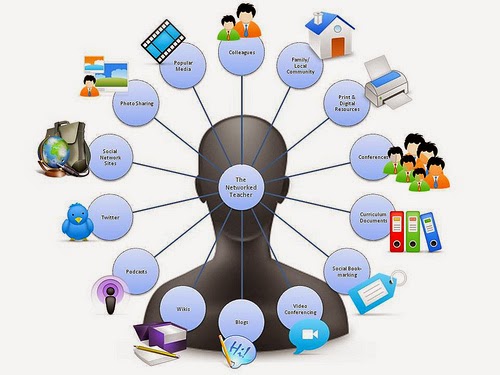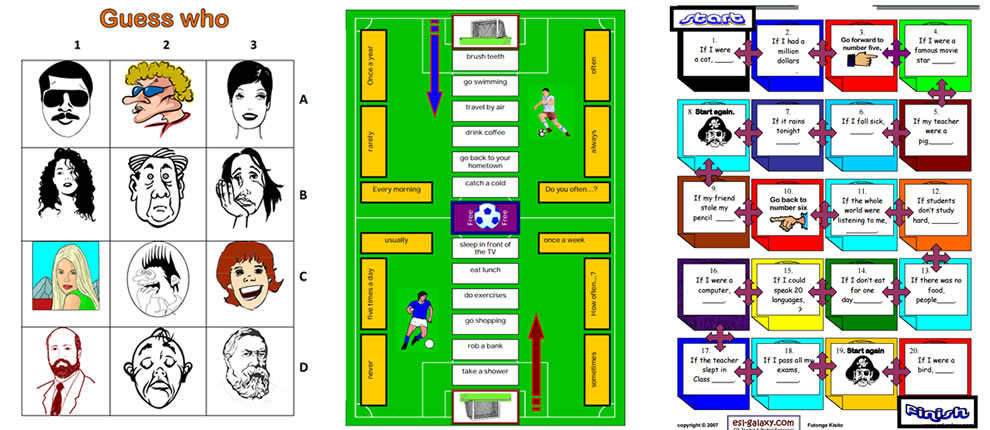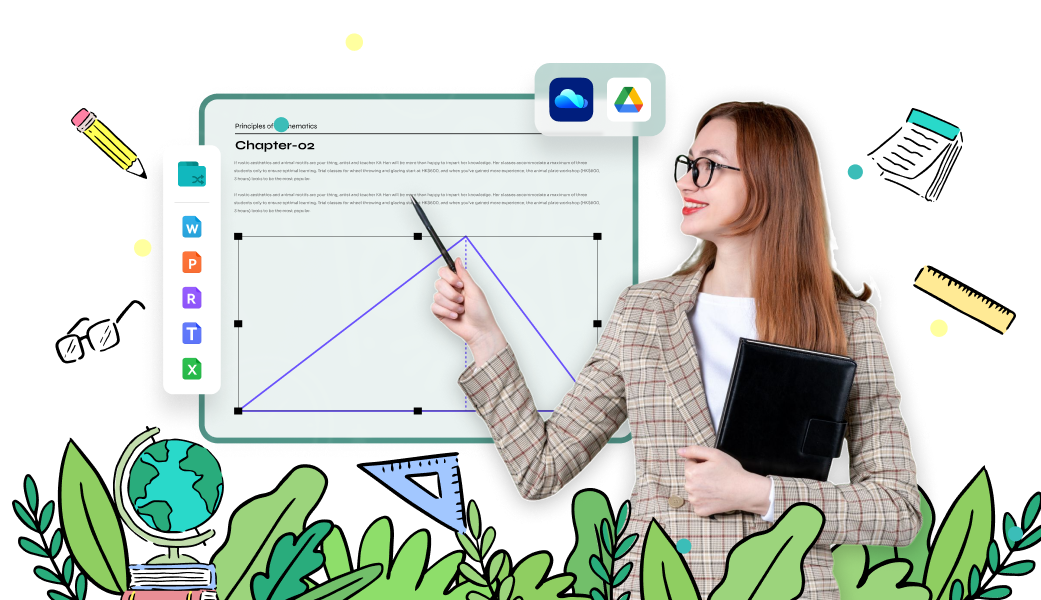Best Advice For Choosing Italian Kindergarten Teaching Didactics
Wiki Article
What Textbooks, Workbooks Or Other Books Are Needed For Italian Preschools?
Italian kindergartens tend to focus on creating a playful educational environment. They do not utilize traditional textbooks. But books can be a useful tool for supporting language development for children and fostering the love of reading. Here are some titles that may be useful to Italian nurseries Picture Books: Picture books assist children build their vocabulary and imagination. They can also inspire a love of reading. They feature colorful illustrations as well as easy-to-read text.
Board books have robust covers and thick pages which are ideal for learners who are beginning to master the use of books. They are a great way to introduce children to various topics, such as animals, shapes, colors, and numbers.
Nursery rhymes & songs: They play a crucial role in the process of the development of children in the early years. They assist in the development of memory, social skills, and the ability to communicate. Italian kindergartens can incorporate nursery rhymes as well as song books into their daily activities.
Book about inclusion and diversity: Children need to be taught about inclusion and diversity at an early stage. Children are able to develop respect, empathy, and understanding through books with characters from diverse backgrounds, experiences, and capabilities.
Italian language books: Italian nursery schools may employ books written in Italian to help children learn the language and build their language abilities. These books could include simple stories or picture books and also books that include Italian nursery rhymes and songs.
Find books that are stimulating appropriate for your age and are culturally relevant for children in the nursery school. Teachers and parents can make use of books to stimulate the curiosity of children and encourage exploration of different subjects and topics. View the best sostegno italiano for more recommendations.
What Math Teaching Material Is Required In Italian Nursery Schools?
Material support for math teaching could be useful in Italian nurseries, helping children develop their numerical, spatial, and problem-solving skills. Here are a few examples of mathematics teaching material assistance that might be required: Training for teachers and their caregivers: Teachers as well as caregivers might require training in how to incorporate mathematical concepts into everyday activities and how to make use of mathematics teaching materials effectively.
Lesson Plans and Curriculum A well-designed program and curriculum that incorporate mathematics concepts can make sure that youngsters are exposed to a variety of mathematical concepts and capabilities.
Manipulatives and visual aids For example, manipulatives like counting bears, blocks and beads, as well as visual aids like posters and charts can help students learn math concepts in a the hands-on, visual manner.
Technology-based tools: Technology-based tools like tablets with educational math applications and other games can be used to entertain children and provide additional resources for their education.
Assessment Tools: Teachers and caregivers may use assessment tools to track children's progress and find areas where more assistance is required.
Parents can participate in math education. The involvement of parents in math education can strengthen the concepts taught in nursery and encourage family engagement in learning.
It is vital that the resources that are used to aid in the teaching of mathematics are age-appropriate. Teachers and caregivers can make use of these resources to develop engaging, interactive math activities which encourage curiosity and love of learning among children. Take a look at the most popular materiale didattico matematica sostegno for website advice.

What Kind Of History-Related Educational Cards Are Suitable For Use In Italian Nurseries?
History-related didactic cards are a useful tool for introducing youngsters in Italian nurseries to basic historical concepts. History didactic cards are available in many types. The cards can include photos of the people and details regarding their life and achievements.
Timeline cards: Timeline cards can help children understand the sequence of events and how historic events interconnect. The cards may include illustrations that illustrate key dates and important events.
Cultural cards: Cultural cards can aid children in learning about various customs and cultures of the past as well as in the present. They can feature illustrations of traditional clothing, food, music, and traditions.
Artifact cards: Artifacts cards can assist children to comprehend and visualize the history of events and how they affect life. You can use illustrations to display objects from different styles and periods of history.
Map cards: Map cards help children understand the geography and background of different countries and regions. They can contain illustrations of maps as well as information about historic events, people and locations in various regions.
It is important to select history didactics cards that are engaging, appropriate for ages 0-12 and fun for children of all ages. These cards can be used by caregivers and teachers to make interactive and fun history-related activities. This will encourage children's interest and curiosity about the past. Read the top schede didattiche storia sostegno for more recommendations.

What Geography Teaching Materials Do Italian Nurseries Require?
Teaching materials for geography in Italian nurseries can aid children acquire a greater understanding of the world around them and gain knowledge about the different cultures and settings. A few examples of the resources that you could use for teaching geography are maps. Maps can be useful in helping children learn about the different countries and regions, and the locations of landmarks and natural characteristics.
Globes aid children in imagining the Earth's surface and can be used to educate about the continents as well as the oceans.
Video and Pictures: Images and videos that show different cultures and places can be used to educate children about the diversity in the world. They will also learn about the different ways people live.
Books: Age-appropriate books that feature different locations and cultures can encourage children to gain an interest in geography and a sense of curiosity about the world.
Natural materials can help children understand different ecosystems.
Field excursions The field trip to local parks, zoos, or museums can provide children with engaging experiences that allow them to explore geography in the real world.
Select geography-related teaching resources that is appropriate for your young age group and that are mindful of differences in culture. These materials can be used by teachers and caregivers to create interactive and engaging geography lessons. This will encourage children's interest in the world and their enthusiasm for learning.

